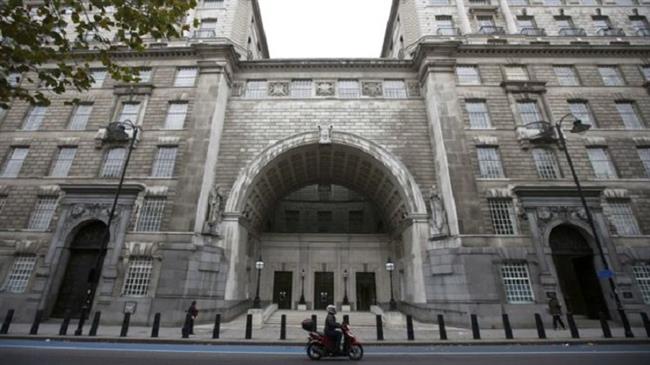Britain's intelligence agencies fall short again as terror strikes heart of London
As Britain struggles to understand the latest terror attack, the emerging facts point toward a massive intelligence failure.
The alleged perpetrator, Usman Khan, was a convicted terrorist who was jailed for life in February 2012 for his role in a foiled plot to bomb the London Stock Exchange in 2010.
The judge in his original trial ruled that Khan should never be released unless he was assessed to be no longer a threat to the public.
But Khan’s indeterminate sentence was quashed by the Court of Appeal in April 2013, which handed him a 16-year jail term instead.
Khan was released early on license in December 2018 (barely half way into his sentence), and as part of his early release conditions he was reportedly forced to wear an electronic tag.
But clearly the level of supervision was inadequate as Khan was able to plan a terror attack undetected and ended up killing two ordinary members of the public.
In a highly ironic twist, Khan reportedly began his attack at Fishmongers’ Hall, where he was attending a conference on prisoner rehabilitation facilitated by academics from the Institute of Criminology at the University of Cambridge.
Now serious questions are being asked as to why Khan had been released early, and equally as important, why he was not subjected to a much more rigorous supervision regime upon his release.
Beyond the perpetrator and his specific circumstances, there appears to have been a wider intelligence failure borne out by the fact that just under four weeks ago the British government lowered the terror threat level from “severe” to “substantial”.
This clearly indicates that Britain’s sprawling national security infrastructure – which consumes billions of pounds annually – was totally clueless as to the threat just around the corner.
It remains to be seen if the inevitable public enquiry into this latest terror attack will properly account for the intelligence services’ failure to detect and disrupt Usman Khan’s plot to bring murderous mayhem to central London.
Iran vows ‘harsh response’ to any aggression
Russia warns of response to Ukrainian drone attack on Putin's residence
Iran sets decade-long plan to raise oilseed self-sufficiency
VIDEO | Historic monuments of India’s heritage capital crumbling under chronic neglect
China rejects Israel’s recognition of Somaliland
VIDEO | Winter deepens the suffering of displaced families in northern West Bank camps
Russia says Ukraine tried to attack Putin's residence with 91 drones
Palestine Action hunger striker Heba Muraisi losing ability to speak










 This makes it easy to access the Press TV website
This makes it easy to access the Press TV website